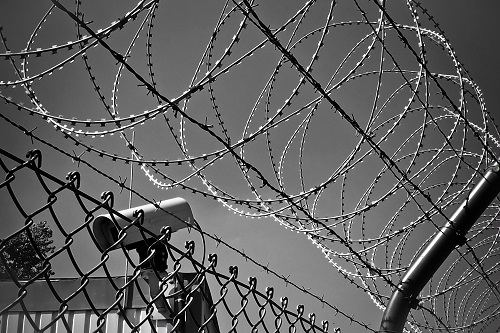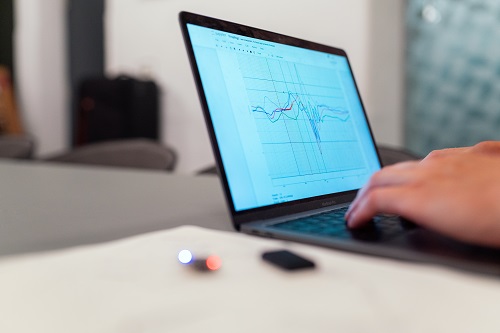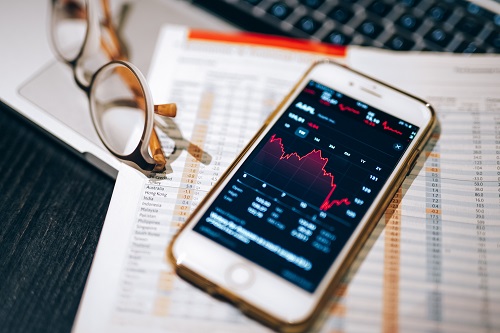Post-Market Surveillance, Market Surveillance, and Vigilance – What is the Difference?
Most regulatory staff can define post-market surveillance relatively succinctly. Perhaps also vigilance. But when it comes to market surveillance, what exactly makes it different from post-market surveillance? And why is vigilance a separate entity from the two other surveillance activities?
Don’t fret! Today, we are exploring post-market surveillance, market surveillance, and vigilance and telling you all about how they are different.

Post-market surveillance (PMS)
What is it?
Post-market surveillance is the activities carried out by a medical device or in vitro diagnostic (IVD) manufacturer to ensure their device’s safety, efficiency, and compliance in the market.
Other economic operators, such as distributors or importers, might be responsible for acting on behalf of the manufacturer in post-market surveillance activities.
Post-market surveillance is defined in the European Medical Device Regulation (MDR; 745/2017) as:
“…all activities carried out by manufacturers in cooperation with other economic operators to institute and keep up to date a systematic procedure to proactively collect and review experience gained from devices they place on the market, make available on the market or put into service for the purpose of identifying any need to immediately apply any necessary corrective or preventive actions;“.
What does it entail?
Post-market surveillance activities include drafting a post-market surveillance plan, collecting and analyzing data on the market behavior of medical devices, using that data in risk management and connected quality management system processes, implementing field safety corrective actions and preventive actions if required, and maintaining a post-market clinical follow-up and periodic safety update report where necessary.

The post-market surveillance system for medical device manufacturers must be a proactive and systematic process, meaning that medical device manufacturers must actively search for the information required to fulfill their post-market surveillance objectives.
User/patient feedback
Collecting feedback from users and patients is of utmost importance to be aware of the behavior of medical devices in the market.
Your post-market surveillance system must be set up, so user feedback is encouraged, adequately gathered and analyzed, and subsequently implemented.
Other sources of post-market surveillance information are device services, medical device registries, post-market clinical follow-up, clinical data from literature reviews, user training, public and social media, clinical evaluation, quality management system audits, and many more.
Corrective and preventive actions
Part of the post-market surveillance activities is reporting untoward trends or events to the competent authorities and ensuring they do not happen again.
The cause of the non-conformity must be removed (corrective action), and it must be ensured that the non-conformity does not occur again (preventive action). These processes should be an integral part of all your post-market surveillance processes.

Market surveillance
What is it?
Like post-market surveillance, market surveillance is the activities carried out to ensure the safety, efficiency, and compliance of medical devices in the market. Unlike post-market surveillance, market surveillance is carried out by the relevant competent authorities.
Market surveillance is defined in the European Medical Device Regulation (MDR; 745/2017) as:
“…the activities carried out and measures taken by competent authorities to check and ensure that devices comply with the requirements set out in the relevant Union harmonisation legislation and do not endanger health, safety or any other aspect of public interest protection;”
What does it entail?
Perhaps the most essential part of market surveillance activities is the review and consideration of adverse event or incidence investigation reports from medical device manufacturers and users.

Moyst regulatory authorities require reports of serious adverse events or incidents to be reported within 48 hours to 15 das, depending on the seriousness of the incident.
User/patient feedback
National regulatory authorities are also constantly collecting feedback from users and patients.
Usually, a national hotline is set up through phone and the internet, where users can report any problematic device behavior.
Other market behavior can be observed through public and social media, conferences, literature, and device manufacturers directly.
It is the responsibility of the competent authority to forward any user feedback to the manufacturer.
Corrective and preventive actions
Once they receive an incident report, the authority reviews it for scientific value, evidence of the post-market surveillance process observed by the manufacturer, and the timeliness and rationales of the report.
If appropriate, the authority can initiate a field safety corrective action publicly. It is up to the competent authority to decide if additional regulatory action is required for significant product non-conformities.
Other market surveillance authorities include overseeing the testing of medical devices, issuing certificates of analysis for IVDs, and collecting additional post-market information.
Vigilance
While post-market and market surveillance are entirely focused on establishing processes that can ensure the compliance of medical devices, vigilance is only concerned with reporting severe adverse events or incidents and field safety corrective actions.
Any severe incident involving a device marketed and sold in the European Union and any field safety corrective action performed either in the EU or in other markets where the device is sold must be reported to the European Medicines Agency through EUDAMED.

The timelines for reporting depend on the severity of the incident and the danger to the public:
- Serious incidents should be reported no later than 15 days after the manufacturer has become aware of the incident
- Serious incidents involving death or a serious deterioration in a person’s health should be reported no later than ten days after the manufacturer has become aware of the incident
- Serious public health threats should be reported no later than two days after the manufacturer has become aware of the threat

Part of vigilance reporting is the newly implemented requirement of trend reporting.
Trend reporting was not a significant part of the European Medical Device Directive (MDD; 93/42/EEC) but recently became an obligation under the European MDR.
To be able to report trends, data must be collected from your own products and similar products to produce graphics and data on how your device is behaving compared to similar medical devices in the market.
Any increase in the frequency or severity of incidents not severe enough to be reported directly to the authority must be part of the post-market surveillance report submitted for any medical devices.
The trend must be statistically significant, meaning you must also include your statistical methodology in your post-market surveillance report.
If any significant trends are observed, the post-market surveillance report should include a process to manage and mitigate the observed trends.

Post-market surveillance, market surveillance, and vigilance are all parts of the same coin.
They are all designed to ensure the safety, efficiency, and compliance of medical devices available in the market.
They set out to establish a plan to monitor and evaluate the device’s behavior in the market and ensure it continues improving.
While post-market surveillance is not easy, it is critical to ensure your device is compliant and safe for users.
Furthermore, medical devices must constantly be updated and improved upon to stay on the market and continue to be relevant. Post-market surveillance can help manufacturers do just that.
